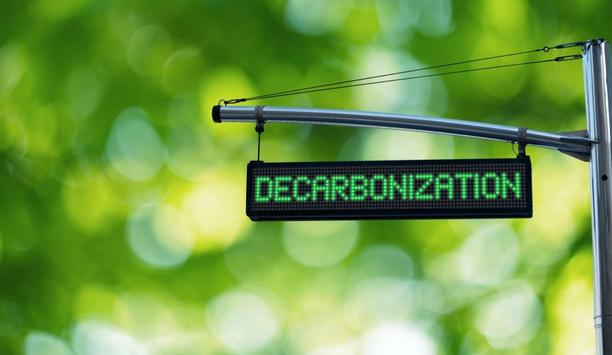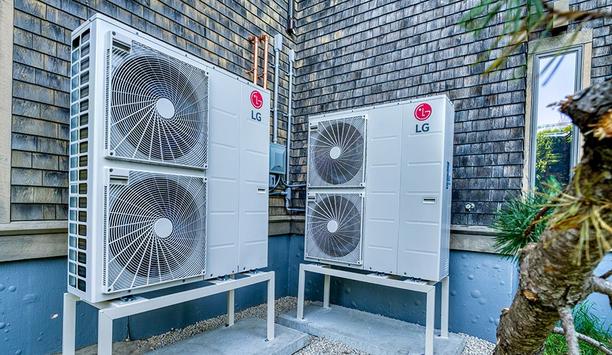Statement of Nathaniel Keohane, President, of the Center for Climate and Energy Solutions (C2ES), “With the impacts of climate change becoming clearer every year and being felt in every corner of the country, requiring publicly traded firms to disclose information about climate risk is a no-brainer, not from a climate point of view, but from an investment point of view."
"Investors can’t make informed decisions in a vacuum, and climate change will affect every aspect of businesses, from physical infrastructure and facilities to supply chains to the communities firms are located in."
climate change affect
"Climate change will also shape the policy environment firms need to prepare for, as well as the investment opportunities they should be ready to capitalize on."
“Each year, the impacts of climate-related natural disasters on national infrastructure cost tens of billions of dollars and affect the ability of businesses to operate. At the same time, the global transition to a low-carbon economy presents enormous opportunities for companies to thrive as they shift to the clean energy future."
climate-related natural disasters
"Planning for climate impacts is critical for businesses to be profitable and successful which means that investors need better information to understand how companies are addressing the risks and opportunities in the clean energy transition."
“By creating a standardized approach for companies to disclose how they are managing their climate-related risks, this rule will protect investors by ensuring that they have consistent, comparable, and decision-useful information on which companies are best prepared to adapt to the physical impacts of climate change and which are best insulated against any regulatory and market-based transition risks."
Scope 1 and 2 emissions
“While the rule is an important step forward, it is disappointing that the SEC unnecessarily narrowed the reach of the rule by choosing to allow firms to identify for themselves when to report emissions from their operations and from the electricity that powers them known as Scope 1 and 2 emissions, respectively based on their assessments of ‘materiality.’"
"In a world of rapidly worsening climate change, disclosure of all Scope 1 and 2 emissions is squarely in the public interest, especially for high-emitting industrials and most energy suppliers, and serves to protect investors by giving them information with which to assess corporate management of energy and climate issues."
Scope 3 emissions
“Though proposed requirements to calculate and report so-called ‘Scope 3’ emissions in company value chains were not included in the final rule, companies are still required to disclose how they are addressing climate-related risks, which can include supply chain impacts."
"It remains paramount that companies work to reduce emissions in their supply chains which account for over 90 percent of many companies’ total carbon footprints as part of their efforts to manage climate-related risks and opportunities.”
















